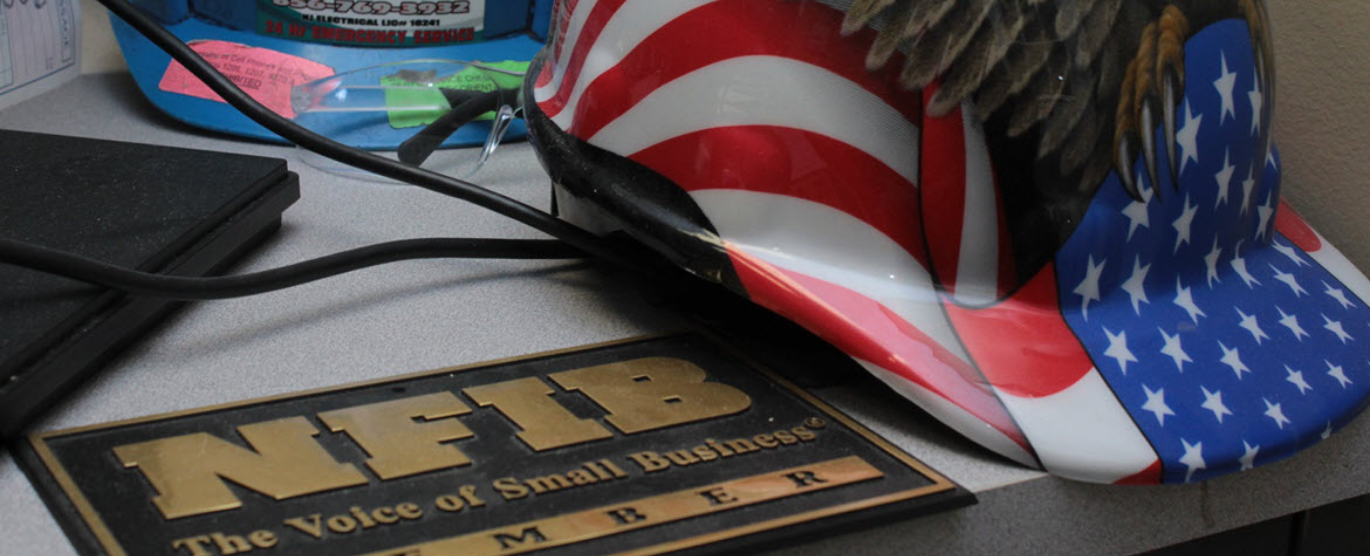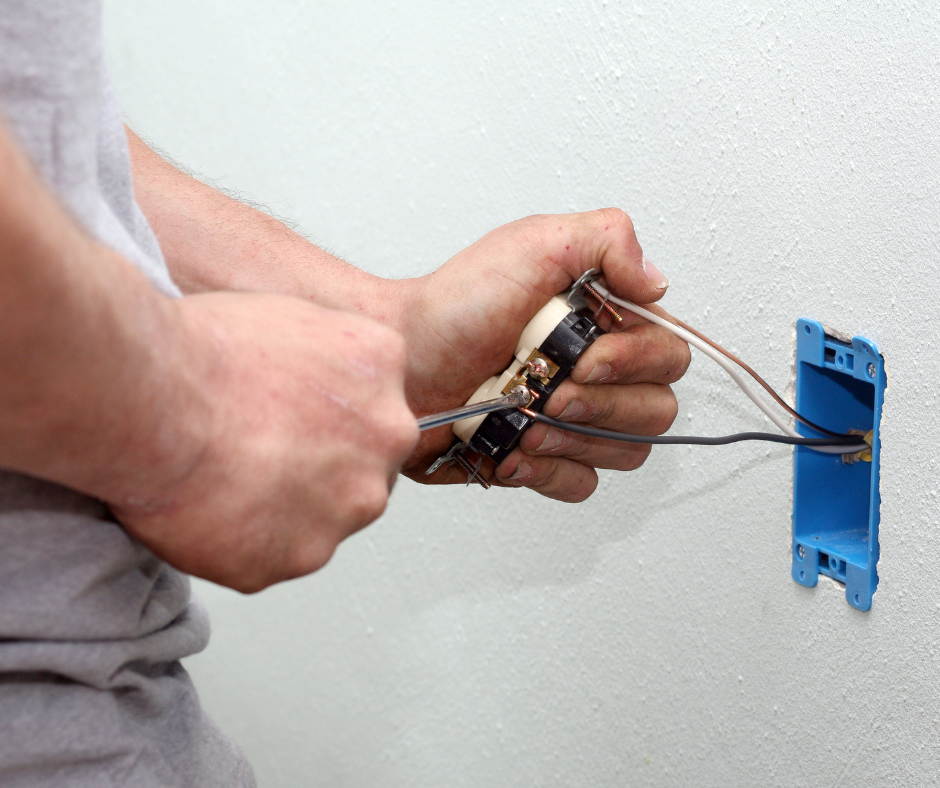When wiring a home or commercial building, it is essential to understand how much electricity you can draw off of any single circuit. In order to power your electronic equipment and appliances without overloading the electrical system, it is important to know what the safe wattage limit for a particular wiring circuit should be. This blog post will examine how much draw off one circuit is considered safe, as well as provide tips on avoiding potential hazards when using multiple circuits correctly. Continue reading to learn more about safely powering up your facility with minimal risk of fire or damage!
When it comes to determining how much draw is safe to run off of one circuit, there are a few factors to consider. The first is the capacity of the circuit itself. This can typically be determined by checking the amperage rating of the circuit breaker that controls the circuit. For example, a 15-amp circuit breaker can safely handle a maximum draw of 1,800 watts (15 amps x 120 volts).
However, just because a circuit is rated for a certain amperage doesn’t mean it’s always safe to draw that much power from it. Other factors, such as the length and gauge of the wiring, can also affect the circuit’s capacity. Longer runs of wire or wires with a smaller gauge (larger diameter) will have more resistance and therefore be less capable of handling high current loads.
In general, it’s recommended to avoid drawing more than 80% of a circuit’s maximum capacity. This allows for a safety buffer in case of any unexpected power spikes or fluctuations. For example, on a 15-amp circuit, you should aim to keep the combined draw of all connected devices and appliances below 12 amps (80% of 15 amps).
It’s also important to note that certain types of devices can draw a lot of power all at once and may trip the circuit breaker even if their total draw is within the recommended limit. This is particularly true for appliances like refrigerators and air conditioners, which have motors that require a large initial surge of power to start up. In these cases, it’s usually best to dedicate a separate circuit just for that appliance to prevent overload.
Be sure to consult with a licensed electrician if you’re not sure how much draw is safe to run off of a particular circuit or if you’re planning to add new appliances or devices to an existing circuit. Safety should always be the top priority when it comes to electrical wiring and circuits.
All in all, it is important to ensure that your home’s electrical system is properly installed if you want to avoid problems like overloaded circuits. Elmer NJ Electrician can help you determine how much draw is safe to run off of one circuit and ensure that your home stays up to code and meets safety standards. Don’t forget – when it comes to something as essential as electricity, it’s better safe than sorry. An electrical issue could take just seconds to turn dangerous, so it’s worth the effort and potential cost of hiring someone certified for the job. As a homeowner, it’s critical that you stay informed about proper wattage usage in order to keep your home and family safe.




